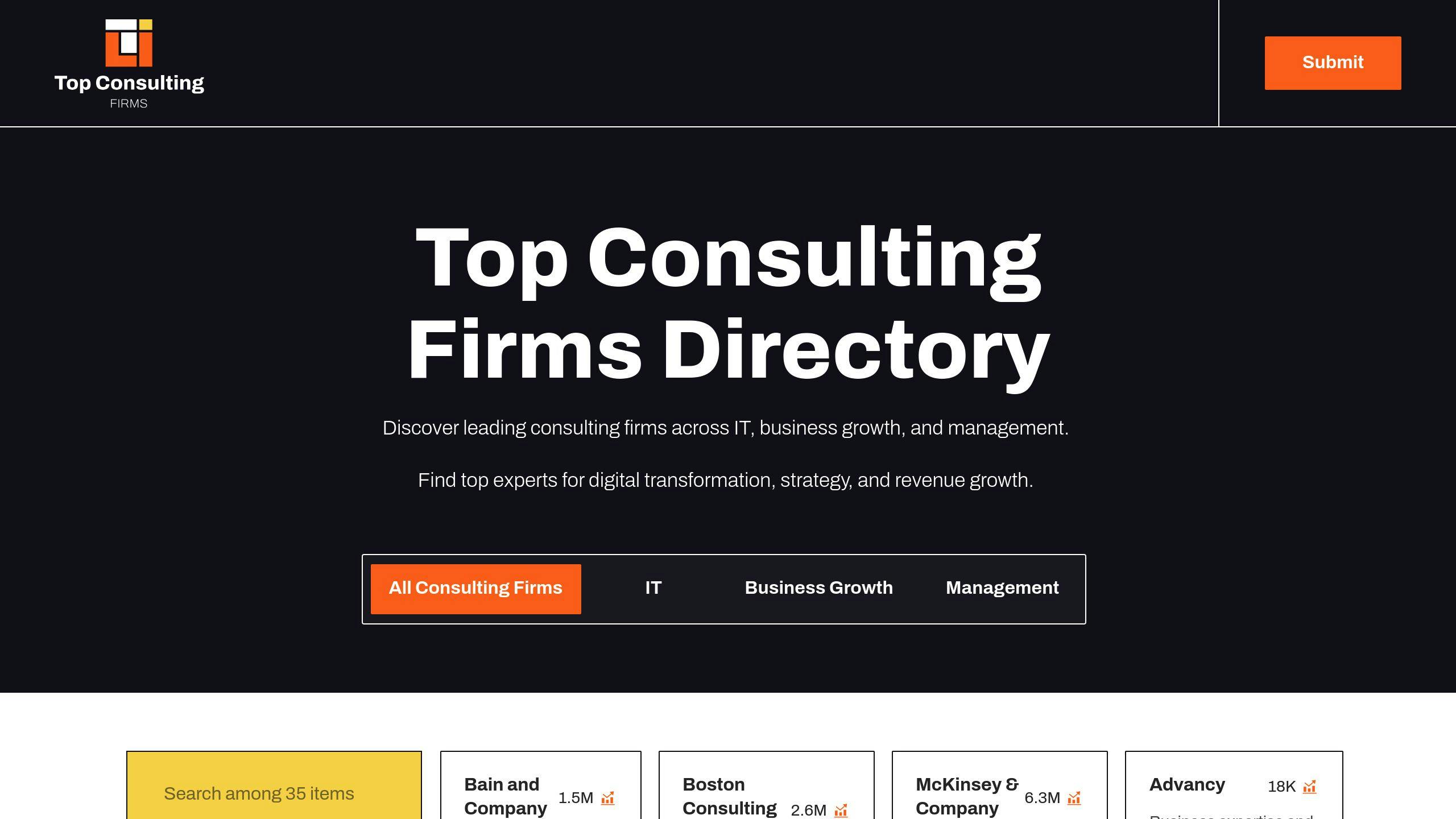Conflict resolution is essential for agile teams to maintain productivity, morale, and innovation. Agile teams often face challenges like overlapping roles and differing work styles, leading to conflicts. This guide offers actionable strategies to resolve these issues effectively:
- Encourage Open Communication: Use daily stand-ups, retrospectives, and feedback sessions to surface and address conflicts early.
- Define Roles Clearly: Tools like RACI charts help avoid misunderstandings and set clear responsibilities.
- Collaborate on Solutions: Techniques like the "5 Whys" uncover root causes and foster teamwork in resolving disputes.
- Apply the Thomas-Kilmann Model: Tailor conflict resolution styles (e.g., collaborating or compromising) based on the situation.
- Practice Facilitative Listening: Active listening builds trust and prevents escalation.
- Set Up Team Agreements: Formalize protocols for communication, decision-making, and conflict resolution.
8 Conflict Resolution Strategies in Agile Teams
Key Strategies for Resolving Conflicts in Agile Teams
Encouraging Open Communication
Fostering an environment where team members feel safe to speak up is critical for addressing conflicts in agile teams. Regular touchpoints like daily stand-ups and sprint retrospectives offer structured opportunities to surface and resolve issues early, while also strengthening team dynamics.
| Communication Practice | Purpose | Tips for Success |
|---|---|---|
| Daily Stand-ups | Spot issues early | Limit to 15 minutes; focus on blockers and dependencies |
| Sprint Retrospectives | Improve team processes | Use methods like "Start/Stop/Continue" for actionable insights |
| Video Conferences | Align remote teams | Encourage camera use for better engagement and connection |
| Feedback Sessions | Address individual concerns | Schedule regular one-on-ones to discuss personal challenges |
Open communication is just one piece of the puzzle. Defining roles clearly also plays a major role in minimizing misunderstandings and avoiding unnecessary friction.
Defining Roles and Responsibilities
A lack of clarity around roles is often at the heart of team conflicts. Tools like RACI charts (Responsible, Accountable, Consulted, Informed) can help establish clear boundaries and decision-making authority, ensuring everyone understands their place and responsibilities within the team.
Key steps to define roles effectively:
- Outline core responsibilities for each team member.
- Clarify decision-making authority to avoid overlap or confusion.
- Set expectations for collaboration between roles.
- Create escalation paths to handle role-related disputes quickly.
Even with clear roles and strong communication, conflicts can still arise. That’s where team-based problem-solving becomes essential.
Solving Problems as a Team
Agile teams thrive on collaboration, and resolving conflicts is no exception. Techniques like the "5 Whys" can help dig into the root causes of disagreements, especially in fast-paced environments where process gaps often come to light.
Here’s a structured approach to tackling conflicts:
- Gather input from all parties involved to understand different perspectives.
- Use root cause analysis tools like the "5 Whys" to identify underlying issues.
- Collaborate on solutions, ensuring the entire team contributes to brainstorming and decision-making.
- Track results to ensure the solution works and prevents similar issues in the future.
Effective resolutions may involve refining workflows, improving communication strategies, or updating team agreements to reflect lessons learned. The goal is to not only address the current issue but also make the team stronger moving forward.
Advanced Methods for Resolving Conflicts in Agile Teams
Using the Thomas-Kilmann Conflict Model
The Thomas-Kilmann Conflict Model identifies five conflict resolution styles - competing, accommodating, avoiding, compromising, and collaborating. Each style works best in specific situations, such as when quick decisions are required or when dealing with complex challenges. This model helps teams choose the right approach by considering the urgency of the issue and the importance of relationships.
| Conflict Style | When to Use It | Key Traits |
|---|---|---|
| Competing | When fast decisions are needed | Assertive, outcome-driven |
| Accommodating | When preserving relationships is key | Flexible, focused on harmony |
| Avoiding | When tensions need to cool down | Diplomatic, delays action |
| Compromising | When a quick resolution is needed | Seeks balance, partial solutions |
| Collaborating | For tackling complex problems | Focuses on win-win outcomes |
Understanding these styles is a starting point, but resolving conflicts also depends on effective communication and empathy.
Practicing Facilitative Listening
Facilitative listening helps team members feel understood and valued. It involves active engagement with what others are saying, while withholding immediate judgment or solutions.
Key techniques include:
- Body language and paraphrasing: Show openness and repeat key points to confirm understanding.
- Open-ended questions: Encourage deeper discussions by exploring concerns.
- Acknowledging emotions: Recognize feelings without rushing to solve the issue.
This kind of listening builds trust and lays the groundwork for smoother conflict resolution. However, proactive measures like formal agreements can help prevent conflicts from occurring in the first place.
Setting Up Team Agreements
Formal team agreements create clarity and reduce misunderstandings, enhancing collaboration.
"Conflict resolution in agile teams starts with creating a safe space for open dialogue."
A well-crafted team agreement should include:
| Component | Purpose | Review Frequency |
|---|---|---|
| Communication Protocols | Define team norms for interaction | Monthly |
| Decision-Making Process | Clarify authority and escalation paths | Quarterly |
| Conflict Resolution Steps | Outline specific procedures | Sprint-based |
| Working Hours & Availability | Set expectations for collaboration | As needed |
Regularly reviewing and updating these agreements ensures alignment and helps prevent recurring issues. Success can be measured by fewer conflicts, quicker resolutions, and improved team satisfaction [1][3].
sbb-itb-97f6a47
Examples of Conflict Resolution in Agile Teams
Example 1: Fixing Communication Issues
A software development team at a mid-sized tech company experienced repeated misunderstandings during sprint planning and daily stand-ups. To tackle this, they introduced a structured communication strategy:
| Communication Issue | Solution Implemented | Result |
|---|---|---|
| Unclear sprint priorities | Visual task boards | Reduced task overlaps by 40% |
| Unaddressed concerns | Anonymous feedback system | Increased issue identification by 75% |
| Ineffective retrospectives | Facilitated discussion format | Improved team participation by 60% |
By adding feedback sessions and focusing stand-ups on blockers and dependencies, the team saw measurable improvements [1][2].
Example 2: Clarifying Roles to Avoid Overlaps
Using the RACI chart framework, a cross-functional agile team addressed recurring conflicts between developers and QA specialists. Here's how they defined roles:
| Role | Primary Responsibilities | Key Collaboration Areas |
|---|---|---|
| Developer | Code development, Unit testing | Code reviews |
| QA Specialist | Test planning, Execution | Test coverage |
| Scrum Master | Process facilitation | Sprint planning |
Clarifying roles reduced role-based conflicts by 65% within two sprints, leading to a noticeable boost in team velocity [1][2].
Example 3: Applying the Thomas-Kilmann Model
A product development team applied the Thomas-Kilmann model to resolve tensions between senior and junior developers. Their process included:
- Understanding Individual Styles: Team members completed the Thomas-Kilmann assessment to identify their conflict-handling preferences.
- Implementing Solutions: They analyzed conflict patterns and created tailored resolution protocols to address common triggers.
This method cut escalated conflicts by 50%, strengthened collaboration between senior and junior team members, and improved sprint performance [4].
These examples show how targeted conflict resolution techniques can effectively address unique team challenges and enhance overall productivity.
Steps to Apply Conflict Resolution Strategies
Tips for Business Leaders
Business leaders can tackle workplace conflicts effectively by following a structured approach based on proven methods. For example, prevention strategies (covered earlier) have been shown to cut role-based conflicts by 60% when applied consistently [1].
Research also highlights that teams with leaders who demonstrate strong emotional intelligence - such as self-awareness and empathy - resolve conflicts 50% faster [1]. To make the most of conflict resolution efforts, leaders should:
- Set up clear communication protocols and hold regular check-ins to address potential issues early [1][2].
- Keep a record of conflict outcomes to ensure transparency and identify areas for improvement [4].
Incorporating conflict resolution into daily routines is key. Teams can practice these strategies during sprint retrospectives or team meetings and track progress using metrics like team satisfaction scores or project delivery times [1][2].
If internal efforts aren’t enough, external experts can provide valuable support in implementing these strategies.
Using Resources Like Top Consulting Firms Directory

For agile teams struggling with recurring conflicts, consulting firms offer specialized expertise to help improve team dynamics and streamline workflows. The Top Consulting Firms Directory is a useful resource for connecting with professionals who can create tailored conflict resolution frameworks and provide hands-on training.
Consulting firms can assist with:
| Area of Support | Specific Benefits |
|---|---|
| Strategy Development | Customized conflict resolution plans |
| Team Training | Workshops to build essential skills |
| Process Implementation | Seamless integration into agile workflows |
Closing Thoughts
Why Conflict Resolution Strengthens Teams
Effective conflict resolution is a key ingredient for building successful teams. Studies highlight that teams with solid conflict resolution practices experience better communication and stronger trust among members [1][3]. Using the Thomas-Kilmann Conflict Model allows teams to tailor their conflict resolution approach to fit different situations, boosting collaboration [4].
| Area of Impact | Positive Outcomes |
|---|---|
| Team Dynamics | Builds trust and a sense of safety |
| Efficiency | Resolves problems faster |
| Creativity | Welcomes diverse perspectives |
| Retention | Lowers turnover and increases satisfaction |
Leaders can use these insights to make conflict resolution an integral part of their teams' everyday processes.
Practical Steps for Leaders
Leaders can apply strategies like clarifying roles or introducing structured communication methods to proactively address conflicts [1][2]. The goal is to weave these practices into daily workflows rather than treating them as occasional fixes.
A great starting point is to introduce regular feedback sessions during sprint retrospectives. These sessions give team members a chance to discuss challenges and suggest solutions, helping to catch potential conflicts early before they grow [1][4].
For long-term success, consider these approaches:
- Track and Share Progress: Build a shared resource of effective strategies and monitor improvements using metrics like satisfaction levels and resolution speed.
- Bring in Expert Help: External consultants can offer customized strategies and training to manage recurring issues effectively.
Use periodic surveys and metrics like team satisfaction and conflict resolution times to measure progress. When needed, don’t hesitate to involve external experts to refine your team’s conflict resolution skills [1][2].
FAQs
How to resolve conflict in an agile team?
Handling conflicts in agile teams involves using a mix of practical strategies:
Encouraging Open Communication
It's important to create a space where team members feel safe discussing concerns. Regular feedback sessions during sprint retrospectives and daily stand-ups can help identify and address issues early [1][2]. This approach helps stop small disagreements from growing into bigger problems.
Using Structured Problem-Solving
The Thomas-Kilmann Conflict Model, which includes five styles - collaborating, compromising, accommodating, competing, and avoiding - offers a framework for choosing the best method based on the situation. For example, clarifying roles and adopting clear communication practices can help prevent many conflicts from arising [4].
Building Emotional Intelligence
Skills like active listening, empathy, and self-awareness are essential for productive conversations and resolving disputes more effectively [1][4].
For ongoing issues, external experts - such as those listed in the Top Consulting Firms Directory - can provide specialized training and solutions tailored to your team's needs.


